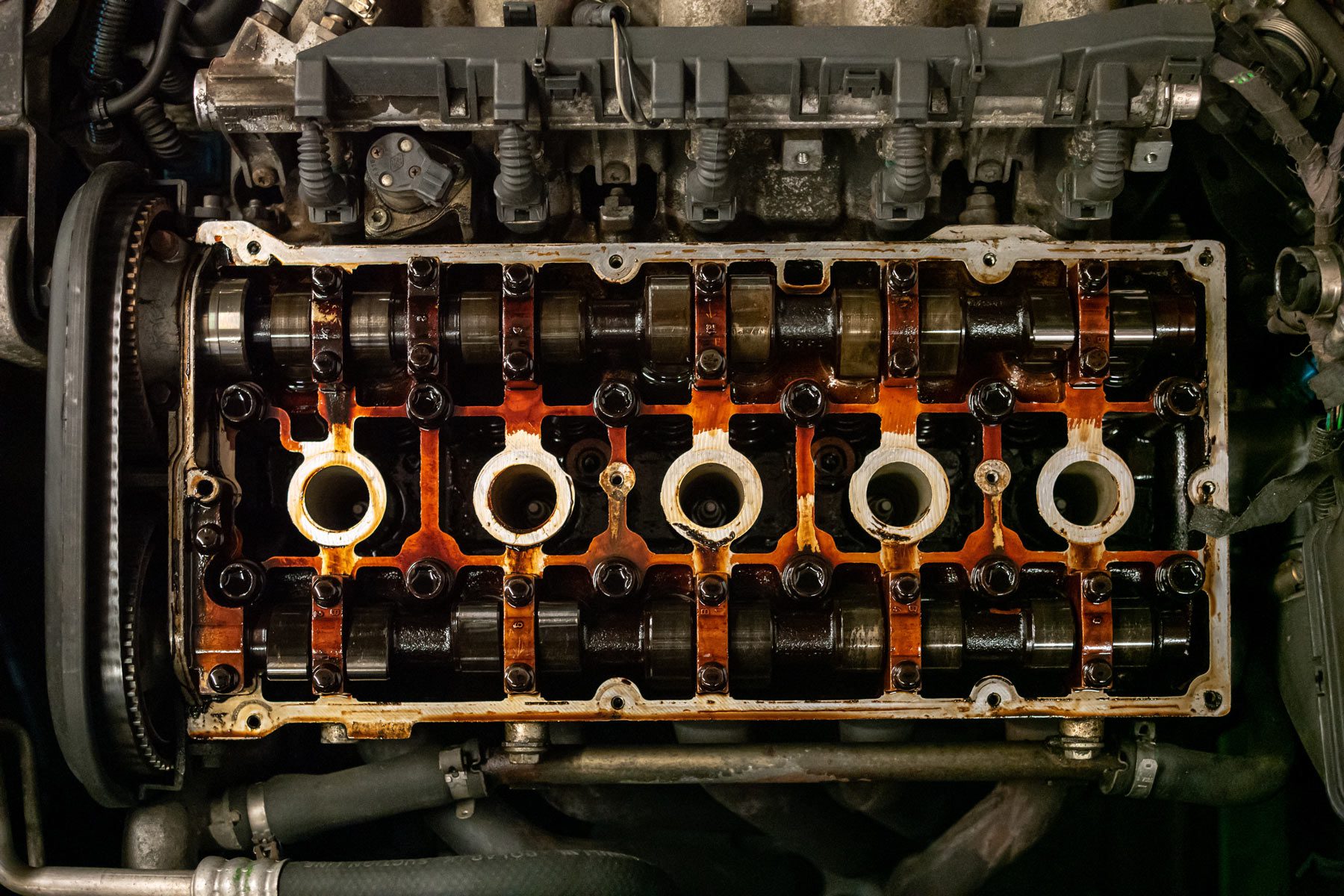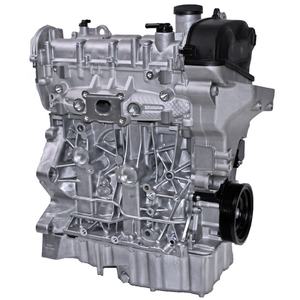Budget-friendly Opel Corsa Engine Options for Your Budget
Budget-friendly Opel Corsa Engine Options for Your Budget
Blog Article
Exploring the Inner Operation of a Compact Automobile's Engine System
As motorists, we typically take for granted the detailed processes that occur within the boundaries of our car's engine system. The compact yet intricate machinery that moves us onward is a wonder of engineering accuracy and sychronisation. From the regulated explosions in the combustion chamber to the careful timing of fuel shot, every element plays an important role in the smooth procedure of the engine. In this exploration of a compact automobile's engine system, we will untangle the inner operations of this mechanical symphony, dropping light on the mysteries that drive us onward on our daily trips.
Burning Refine Summary
The burning process in a small vehicle's engine system is an important mechanism that effectively transforms gas into energy to power the automobile. This procedure occurs within the combustion chamber of the engine, where fuel and air mix, stir up, and produce controlled explosions. The combustion procedure contains four primary phases: consumption, power, compression, and exhaust.
During the intake phase, the piston relocates downward, attracting in a combination of air and fuel into the combustion chamber. This down activity creates the power needed to drive the car. This cyclic burning process is fundamental to the operation of a small automobile's engine system, making certain efficient energy conversion for propulsion.
Piston and Cylinder Interaction

The piston's specific fit within the cylinder is crucial for maintaining optimum compression and avoiding power loss during combustion. Tight clearances in between the piston and cylinder wall surfaces ensure efficient securing, permitting the piston to relocate efficiently without enabling gases to leak past. Proper lubrication is also vital to minimize friction and wear between these components, boosting durability and efficiency.
In addition, the style and materials used in manufacturing the piston and cyndrical tube influence engine effectiveness and toughness. Modern engines usually utilize lightweight yet resilient products like light weight aluminum alloys for pistons and cylinder liners to reduce inertia and improve thermal efficiency. Overall, the unified interaction in between the piston and cylinder is basic to the engine's capability and total performance.
Fuel Shot System Performance
Gas shot systems in compact lorry engines play an essential function in exactly delivering gas to the combustion chamber for regulated and effective ignition. The fuel shot system functions by infusing fuel right into the combustion chamber at the ideal moment during the engine's procedure (opel corsa engine). This exact timing ensures that the gas mixes uniformly with the air for proper burning, leading to boosted fuel effectiveness and reduced discharges
There are primarily 2 kinds of fuel shot systems used in small lorry engines: port fuel shot (PFI) and direct gas shot (DFI) PFI systems inject gas into the intake port prior to the intake valve, while DFI systems infuse fuel straight right into the combustion chamber. Both systems have their advantages, with DFI supplying better fuel atomization and PFI giving a more economical remedy.
Comprehending Engine Air Conditioning Mechanisms
Reliable operation of a compact vehicle's engine counts heavily on the efficiency of its cooling mechanisms. The air conditioning system in a small car usually consists of numerous elements working with each other to manage the engine temperature. Understanding these engine air conditioning systems is vital for keeping the efficiency and longevity of a great site portable automobile's engine system.

Exhaust System Parts Explained
The ideal functioning of a portable automobile's engine cooling devices depends upon a complementary system called the exhaust system, which consists of different essential parts for making sure efficient exhausts and engine performance. The exhaust system consists of elements such as the exhaust manifold, catalytic converter, muffler, and tailpipe. The exhaust manifold collects exhaust gases from the engine's cyndrical tubes and routes them to the catalytic converter. The catalytic converter after that converts harmful toxins in the exhaust into much less hazardous exhausts before launching them with the muffler and tailpipe.
One important part of the exhaust system is the oxygen sensor, which checks the oxygen levels in the exhaust gases to aid regulate fuel intake and guarantee optimum engine efficiency. opel corsa engine. Additionally, the resonator might be present in some exhaust systems to reduce sound levels. In general, the exhaust system plays an essential role in preserving engine effectiveness, lowering hazardous discharges, and making certain a quieter driving experience for compact automobile proprietors

Final Thought
Finally, the compact car's engine system is a complex combination of parts that collaborate to help with the burning process, transform gas right into power, and expel waste gases. Recognizing the inner workings of the engine system, including the piston and cyndrical tube communication, gas shot system, engine air conditioning devices, and exhaust system parts, is essential for preserving ideal efficiency and effectiveness of the automobile.
The burning procedure in a portable lorry's engine system is an essential mechanism that effectively converts fuel into energy to power the car.Fuel injection systems in compact vehicle engines play a crucial role in precisely delivering fuel to the burning chamber for regulated and effective ignition.There are mostly two types of fuel shot systems made use of in portable automobile engines: port fuel injection (PFI) and straight gas pop over to this web-site shot (DFI) Comprehending these engine cooling mechanisms is vital for keeping the efficiency and durability have a peek at this website of a compact vehicle's engine system.
The optimum performance of a small vehicle's engine air conditioning devices depends on a complementary system known as the exhaust system, which comprises numerous necessary elements for guaranteeing effective emissions and engine efficiency.
Report this page